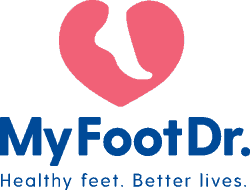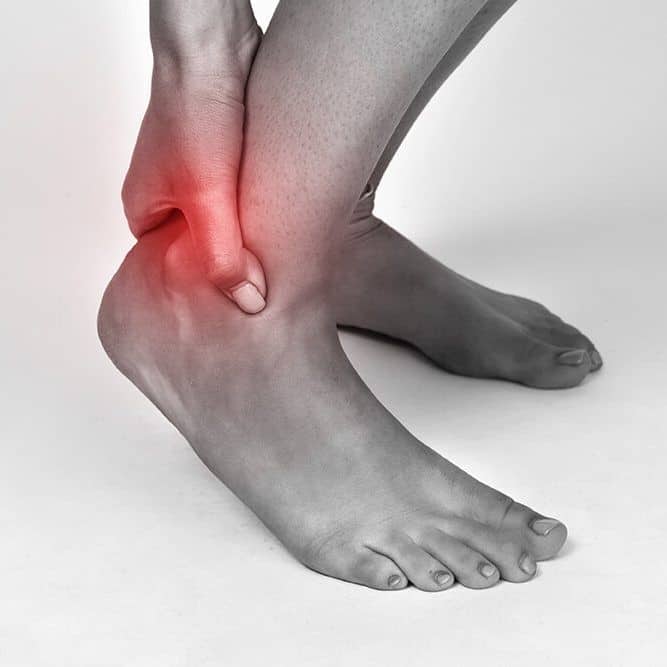
If there is one part of our body that is often overlooked but essential to daily activities of walking, running, and jumping, it would be the Achilles tendon. The Achilles tendon is a bundle of strong fibers that connects the heel bone to the calf muscles behind the ankle and is crucial in our movement patterns. Because it is used in every step, it is highly susceptible to wear and tear, and injuries can restrict one’s movements. Before we look into possible home care management for Achilles tendon injuries, let’s explore the causes and symptoms of this condition.
Causes of Achilles Tendon Injuries
The most common cause of pain in this tendon results from overuse, or more often called Achilles tendinopathy. This type of pain develops gradually over time when strain is continuously imparted on the tendon. There are in fact, two types of this condition – insertional and noninsertional tendinopathy:
Insertional Achilles tendinopathy: Fibers in the lower tendon are inflamed and are often caused by intense physical activity over a long period of time, such as distance running.
Noninsertional Achilles tendinopathy: Fibers in the middle tendon are inflamed and occurs mainly in older, less active individuals.
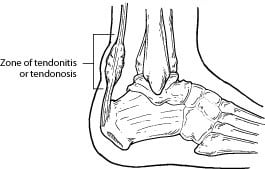
Source: foothealthfacts.org
Not only athletes are prone to sustain these injuries, but also those who are sedentary but work in an environment that requires a lot of standing and walking. For those who tend to overpronate (flattening of the arch), greater weight is placed on the tendon leading to further aggravation. These cases will often require shoes with adequate stability to avoid excessive stress on the Achilles tendon.
Symptoms of Achilles Tendon Injuries
The main symptoms of Achilles tendinopathy are pain and swelling at the back of the heel when you step your foot on the ground, as well as tight calf muscles and a limited range of motion when flexing your foot.
Another less common but still possible cause of pain could come from a tear or rupture in the fibers of the Achilles tendon. This condition is usually caused by repetitive or excessive stress on the ankles and feet, especially in sports that require rapid movements such as football, basketball, and volleyball. According to an American study on the incidence and risk factors for Achilles tendon ruptures, participation in a sport or recreational activity accounted for 82% of all injuries, with basketball being the most viable cause for ruptures.
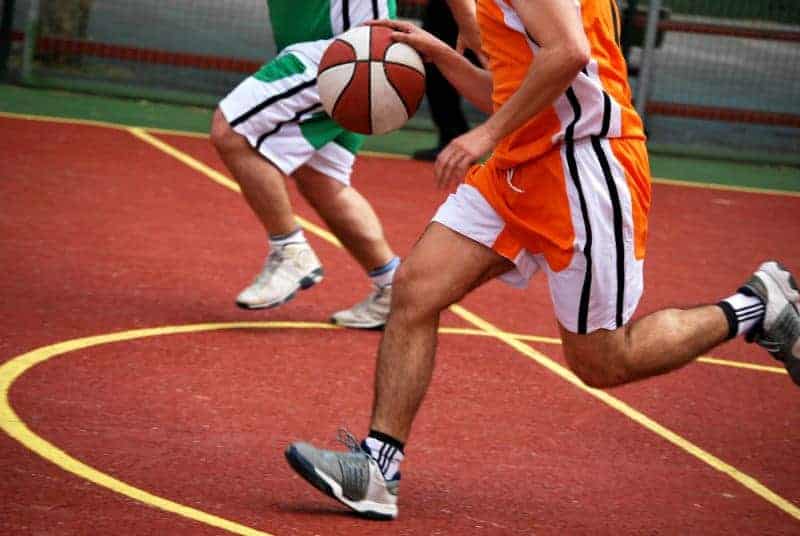
In addition to the pain and swelling you get with Achilles tendinopathy, it worsens with a tear or rupture. Moving the ankle or foot will be accompanied by stiffness and worsening pain and walking will be difficult.
Home Care Management for Achilles Tendon Injuries
Fortunately, in some cases of Achilles tendon injuries, home care management could be an adequate temporary solution to ease the pain and swelling. We’ll talk about five such care management in detail.
The RICE method
RICE stands for the acronym R.I.C.E and is effective when used immediately after the Achilles tendon injury has occurred. This is how it works:
-
Rest
Literally means putting your foot up for a few days until the pain reduces when weight is placed on the tendon. Even if you are not in excruciating pain, the tendon tends to heal quickly without any additional strain so the use of crutches may be beneficial if you do need to walk.
-
Ice
A simple way to reduce inflammation or swelling on the affected tendon. Put ice in a cloth bag and place it against the skin, hold it for 15 to 20 minutes, then remove. Repeat two to three times.
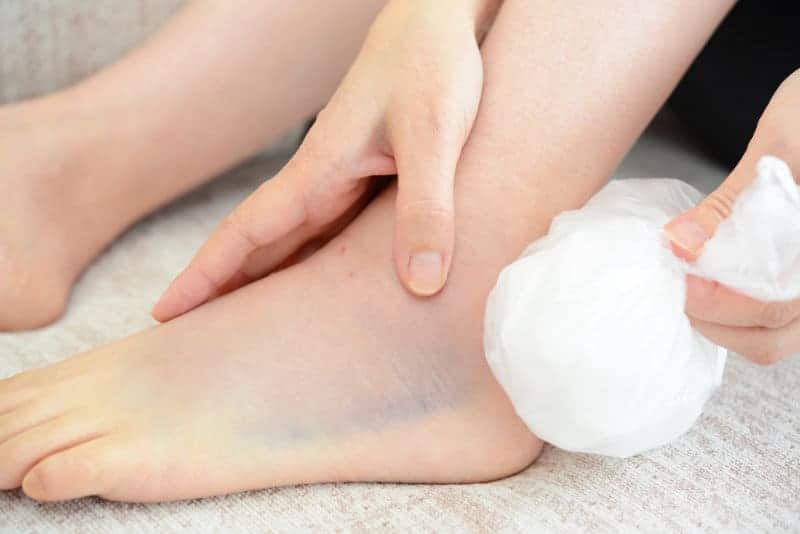
-
Compression
These can be compressive elastic bandages or wraps that can be wrapped around the tendon to reduce swelling and movement. Be aware of not wrapping too tightly as it can limit blood flow and worsen the condition.
-
Elevation
Another way of reducing the swelling around the tendon is to raise your foot above the level of your chest while lying down. This will assist blood flow to the heart so inflammation is reduced. You can even do this while sleeping at night, which will be a perfect time-saving option.
Stretch and Strengthen
A lot of injuries occur due to a weakness or tightness in adjoining muscles, both in athletes and weekend warriors. Stretching is an important part of any fitness or daily routine as it helps prevent unwanted strains and sprains.
Achilles tendon injuries tend to occur when your calf muscles are tight since those muscles are attached to the tendon. To prevent such injuries, make it a habit to stretch your calf muscles before and after a workout. Start with a simple stretch by standing with a straight leg and lean forward while keeping your heel on the ground. Use a wall to assist with the stretch if needed.

Opt for Low Impact
This is a no-brainer. Until the pain in the Achilles tendon has eased, it’s a good idea to reduce the intensity of your physical activities. The best exercise you can opt for is swimming as it reduces consistent stress on your inflamed tendons. If you can’t swim, you can stay by the shallow waters and do some forward and backward walking, heel rocks, and ankle circles. But if you can swim, try some flutter kicks and sculling with your arms and legs to keep your head afloat in the water.
According to a case study conducted on a female athlete with Achilles tendinopathy, they found that the range of motion, strength and functional activities performed in water are effective in preparing the tendon for weight-bearing exercises and rehabilitation due to the buoyancy effect. However, for chronic conditions, medical assistance or even surgery may still be a more effective care management method.

Over-the-Counter Medication
In some instances, over-the-counter medications can be sufficient care management to reduce inflammation and relieve pain from Achilles tendon injuries. Opt for ibuprofen (Advil) or naproxen (Aleve) for a starter and if the pain still persists, visit your doctor to obtain stronger medications.
Your doctor may prescribe two major categories of medications – analgesics (opioid and nonopioid) and nonsteroidal anti-inflammatory agents (NSAIDs), though you should be careful to consider any side effects that may occur before partaking in any medication to avoid any possible gastrointestinal (GI) distress.
Go Natural
Sometimes the best care management can be found right in your kitchen. There are three natural remedies to be considered:
- Castor Oil – A plant-based oil used to manage stomach ailments can also be used to manage Achilles tendon inflammation. This is because castor oil is a triglyceride compromising of 90 percent ricinoleic acid, a potent anti-inflammatory agent, hence making it a proven solution in reducing swelling on the affected tendon. To apply it, warm the oil (not boiling!), take a little at a time and massage the area until it’s fully absorbed.
- Vitamin E Oil – Another oil that is also an inflammation reliever and an effective antioxidant. Vitamin E also helps in our circulation function, which further reduces soreness. You can apply the oil in the same way as castor oil, however, warming is not necessary. Use daily until swelling is reduced.
- Turmeric – Known as a healing spice, turmeric is an excellent remedy for Achilles tendon injuries from the properties of curcumin, scientifically proven as one of the best natural painkillers in the world by activating the opioid system that is connected to our body’s anti-inflammatory response. A good way to apply this spice is to mix it with water into a paste and apply it to the inflamed area to boost circulation and reduce swelling.

While home care management are great ways of managing or preventing Achilles tendon injuries, an expert opinion may be necessary especially when the pain persists for months and shows no sign of waning. In this case, schedule a consultation with a podiatrist to have your feet examined.
At My FootDr Singapore, a thorough biomechanical assessment will be conducted to determine if a custom made orthotic device needs to be fitted that can help provide additional support to the Achilles tendon and prevent deterioration or reoccurrence of injuries.
